Revolutionizing Auto Intelligence: Over 20 Auto Firms Embrace DeepSeek, Excluding NIO, Xpeng, Li Auto, Huawei, and Xiaomi
![]() 02/13 2025
02/13 2025
![]() 468
468
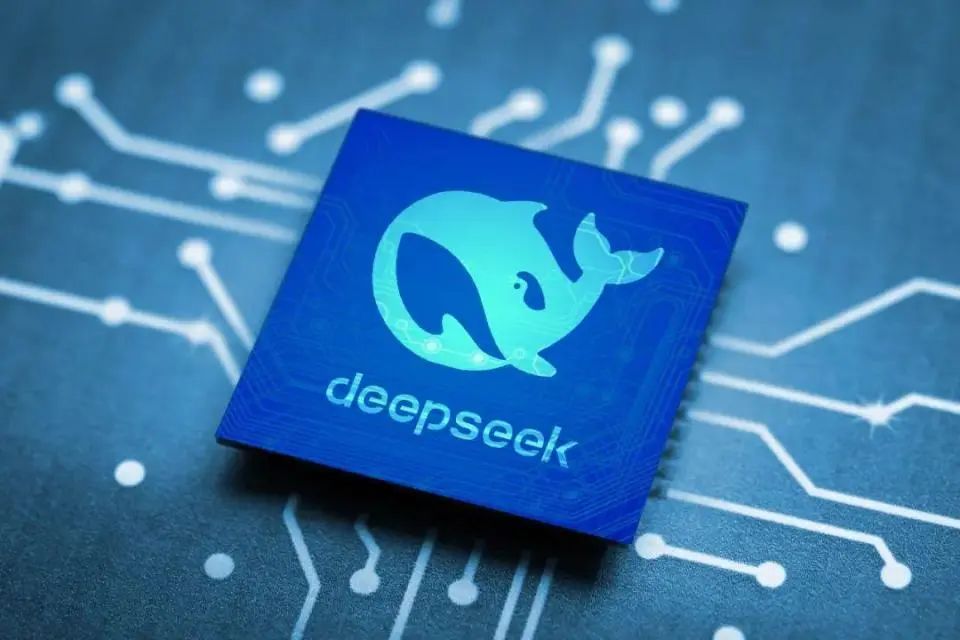
Introduction
Is the integration of DeepSeek a mere marketing tactic, or is it heralding transformative changes in the automotive industry?
The dawn of AI-driven smart cars is upon us!
Since the Spring Festival, the buzz around DeepSeek has only intensified. In the automotive sector, the race to integrate DeepSeek has intensified, with more and more automakers announcing their collaboration with this AI large model. This technological synergy is propelling rapid transformation in the automotive industry amidst the AI competition.
As of February 12, over 20 automotive companies and brands, including mainstream players like BYD, Geely, Chery, Changan, SAIC, Dongfeng, and GAC, have announced their access to DeepSeek. This list also includes emerging automakers like Lanto, IM Motors, and Zeekr, as well as in-vehicle service providers such as HelloAuto and ECARX, who have joined the cooperation ecosystem. Notably absent from this list are NIO, Xpeng, Li Auto, Huawei, and Xiaomi.
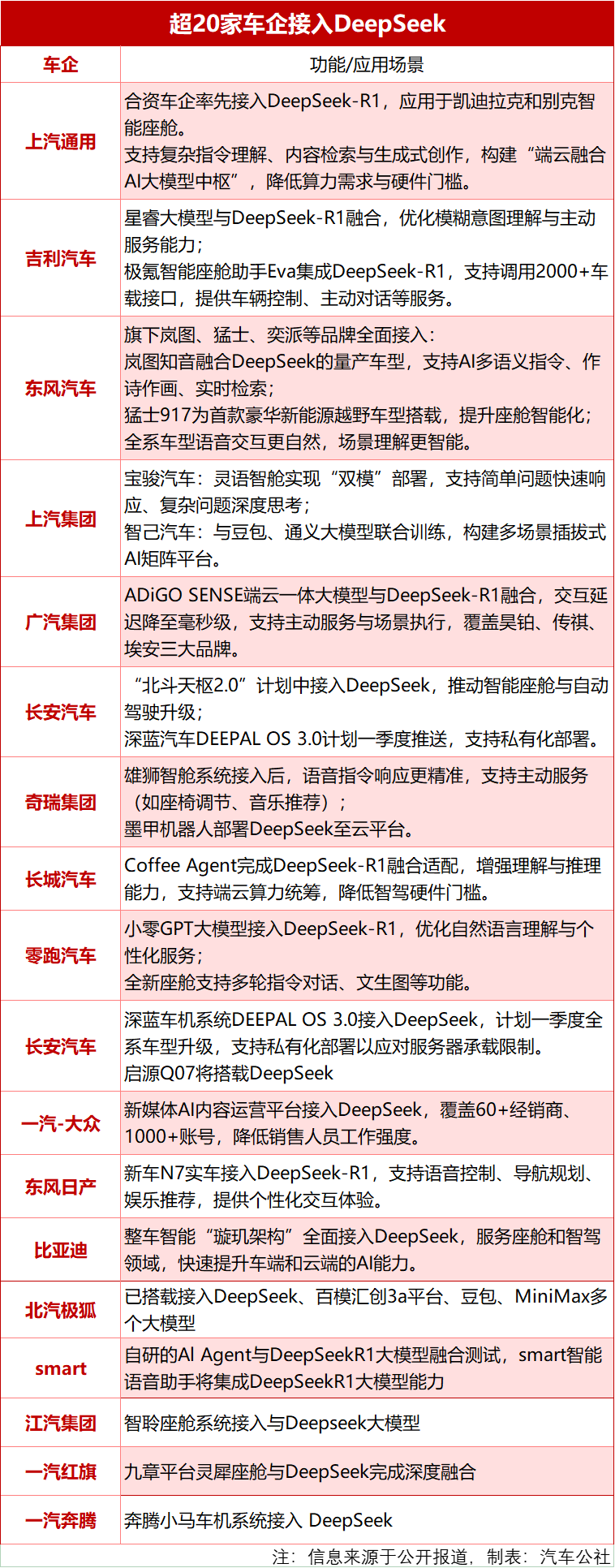
Behind this technological race lies the automotive industry's urgent need for AI, driven by technological advancements and the capital market's pursuit of intelligent concepts. Ultimately, AI will comprehensively integrate into and empower the automotive industry, pushing automotive intelligence to new heights.
Embracing artificial intelligence is a consensus across eras and societies. For the automotive industry, this need is particularly pressing. As new energy vehicles and smart cars gain traction, both the industry and consumers anticipate the arrival of the smart car era. Moreover, automotive intelligence technology must keep pace with the rapid iteration capabilities inherent in the tech sector, both for industrial upgrading and for enhancing user experience.
DeepSeek addresses the core demands of the automotive industry and most automakers. Its lightweight architecture offers significant advantages in reducing technology costs and enhancing localization capabilities.
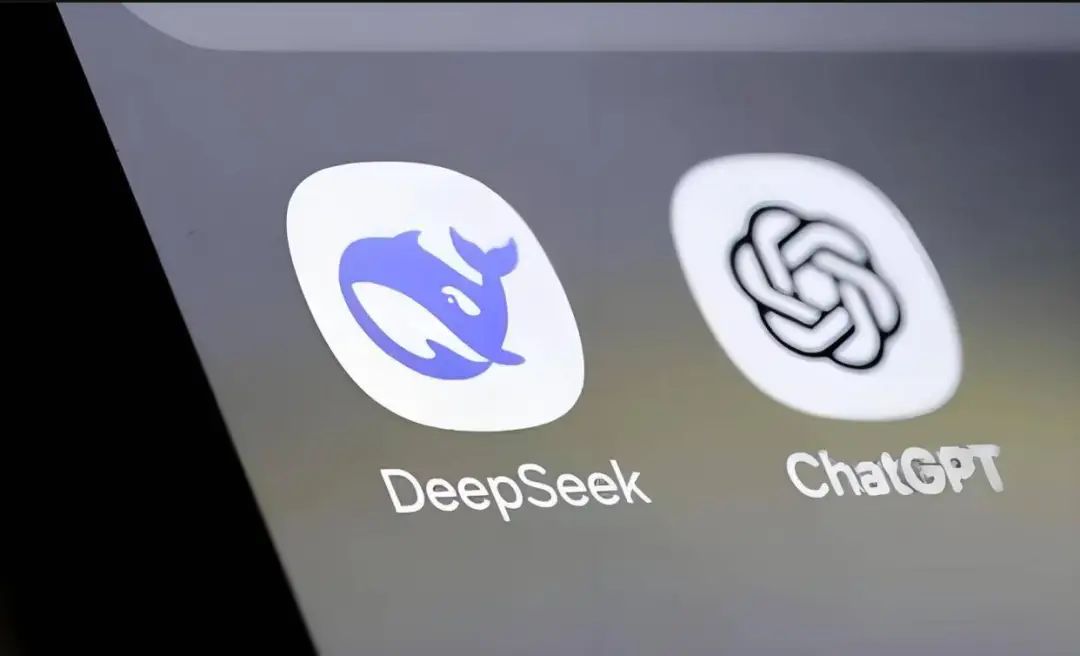
Compared to overseas GPT models, DeepSeek's video memory usage is just 5%-13% of traditional models, and its reasoning cost is as low as 1/70 of GPT-4 Turbo, significantly reducing R&D investments for automakers. This means automakers can now achieve a superior AI experience at a fraction of the cost, something previously unattainable due to the high computing power and intelligent computing center layout required.
As a domestic large model, DeepSeek's optimization for the Chinese context (e.g., dialect recognition and cultural understanding) makes it more suited to Chinese user needs. Its open-source agreement allows automakers to customize the model flexibly, facilitating rapid integration for major automakers.
New energy vehicles have transformed people's perception of cars, and smart cars have revolutionized the user experience. Previously, smart cars were limited to intelligent voice activation and executing preset commands. However, traditional automakers' in-car systems often faced criticism for their rigid interactions and insufficient scene understanding.
DeepSeek's arrival, with its enhanced reasoning abilities, meets the demand for user experience upgrades. It will revolutionize in-car intelligent voice experiences, transforming in-car systems from "interactive interfaces" to "life partners."
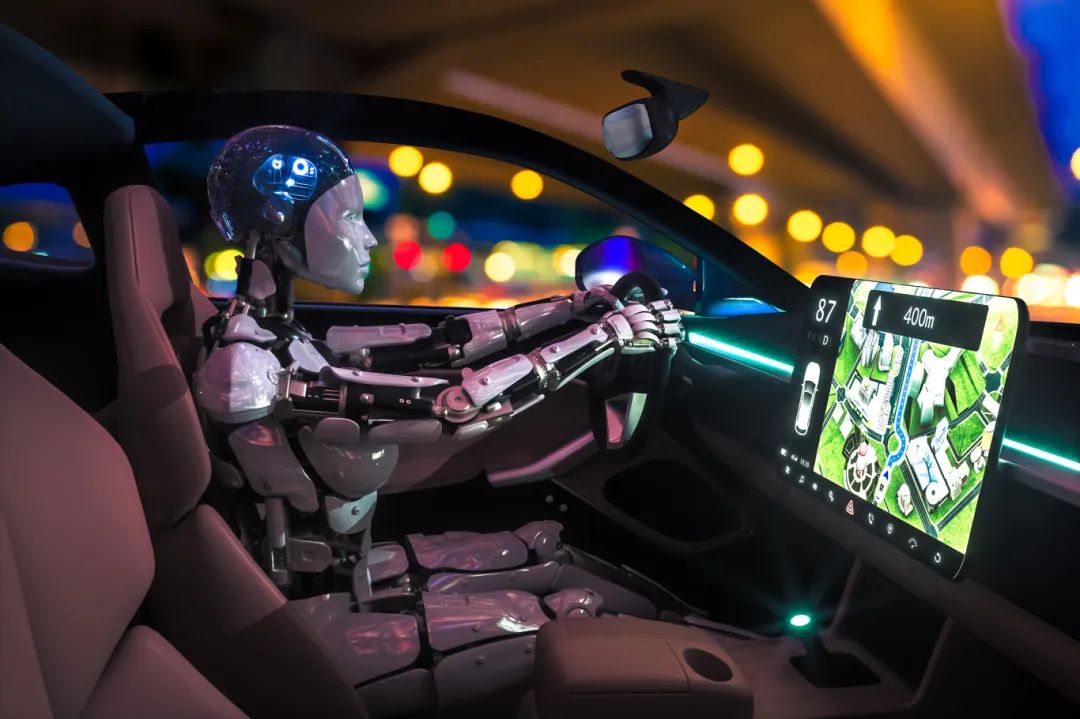
Judging by the actions of most automakers, integrating DeepSeek primarily aims to enhance their existing large in-car models' reasoning and decision-making capabilities. This leverages DeepSeek's powerful language processing to improve smart cockpits' scene understanding, fusion reasoning, and active service capabilities, delivering a more personalized and precise experience.
Geely, for instance, stated that its self-developed Xingrui large model has completed technical integration with DeepSeek-R1. This addresses long-standing issues of fuzzy intention understanding and active service capabilities in smart cars. The cooperation enables Geely's smart cockpit system to more accurately interpret driver and passenger voice commands, thereby offering more intelligent scene applications.
Geely shared an example: when asked, "What is the lake I drove past the other day?" the in-car system searched the map and reasoned through instructions and actual logic based on the driver's latest navigation route, identifying the lake as Xianghu Lake. Upon hearing, "I'm a bit tired, wake me up later," the system automatically closed windows, adjusted seat angles, turned on intelligent air conditioning, changed ambient light colors, and set a wake-up service based on the car's status and the user's preferences, making scenarios more intelligent.
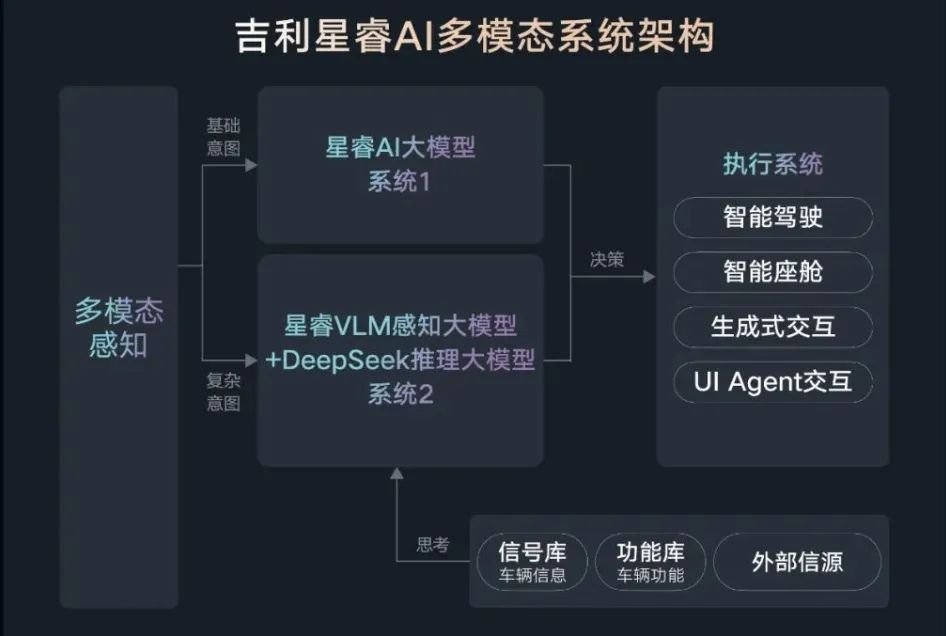
GAC announced that its self-developed AI smart cockpit end-cloud integrated large model ADiGO SENSE, through integration with DeepSeek-R1, has transformed the car from a "tool that responds to instructions" to a "partner that anticipates needs." SAIC's HelloAuto stated that after its Yuanshen AI accesses DeepSeek, it can accurately grasp users' fuzzy intentions and provide a combination of suitable services like vehicle control, active dialogue, and dining and entertainment recommendations.
Currently, the feedback from major automakers highlights DeepSeek's role in optimizing voice assistants. Thus, almost all traditional automakers have integrated DeepSeek, leveraging its intelligent capabilities to quickly address smart cockpit shortcomings and narrow the technological gap with emerging players.
However, using DeepSeek solely as a voice assistant underutilizes its potential. Beyond end-to-end voice, there are applications in end-to-end intelligent driving, vehicle control, and vehicle development. The impact of AI, large models, and supercomputing on the automotive industry will continue to deepen, representing the true value of AI empowering the industry.

For instance, BYD uses DeepSeek to enhance its intelligent driving capabilities, enabling accurate judgments and decisions in complex traffic scenarios. This significantly improves the efficiency and quality of automated data generation, allowing BYD's intelligent driving system to iterate data and optimize models more rapidly.
While the automotive industry is captivated by DeepSeek, NIO, Xpeng, Li Auto, Huawei, and Xiaomi remain relatively indifferent. This strategic choice reflects deeper considerations. If the goal is merely to optimize voice assistant functions, similar capabilities are already available in many new force vehicle models, such as Ideal MindGPT and NIO's NomiGPT, which have pioneered many of DeepSeek's voice assistant features.
Emerging automakers view themselves as pioneers in automotive intelligence, with a broader understanding that extends beyond the smart cockpit. Positioned as technology companies, they aim to build full-stack capabilities from algorithms to hardware.
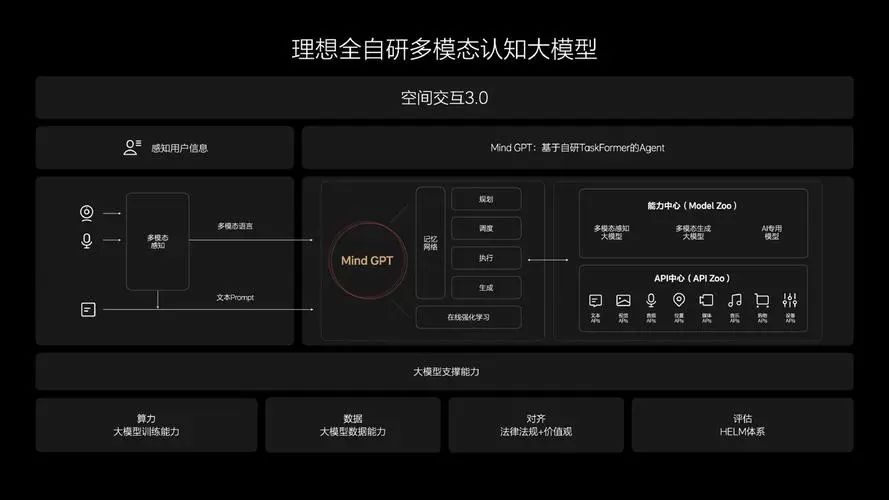
For example, Ideal Auto advocates transforming enterprises towards AI and introduces the concept of "space robots," requiring self-developed AI systems to support differentiated experiences. Huawei's HarmonyOS Intelligence and Xiaomi's PentaOS leverage the mobile phone ecosystem, possessing mature AI applications and experiences. They emphasize cross-terminal collaboration advantages and deeply integrate AI technology with hardware to maintain ecological control.
Worth noting is that with DeepSeek's comprehensive AI application, the intelligent moat built by emerging automakers is being leveled, potentially weakening their first-mover advantage. It's no surprise that most emerging automakers have not provided feedback on DeepSeek.
Regarding the revolutionary changes DeepSeek can bring to automakers, each company has a unique understanding and deployment of AI, leading to varied outcomes. Most traditional automakers, still slow to realize and lacking forward-looking AI deployment, are merely following a trend. Their current access to DeepSeek is more of a marketing tactic, with limited actual experience improvements due to the reduced model capabilities.
Whether it truly represents AI empowerment will be answered by time. From this perspective, the gap between major automakers in the competition for future smart cars will undoubtedly widen further.








